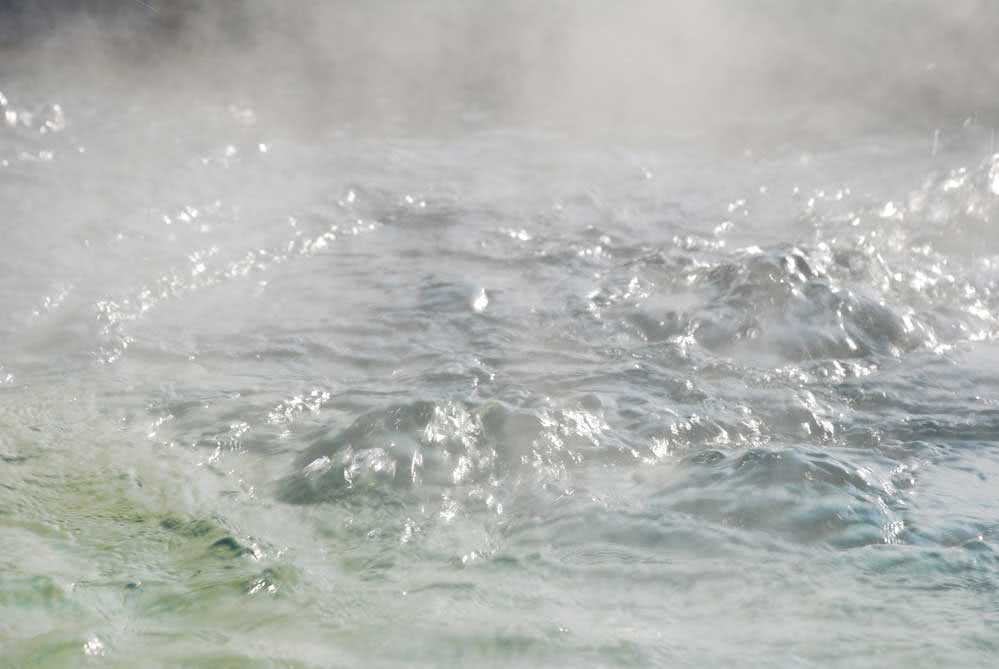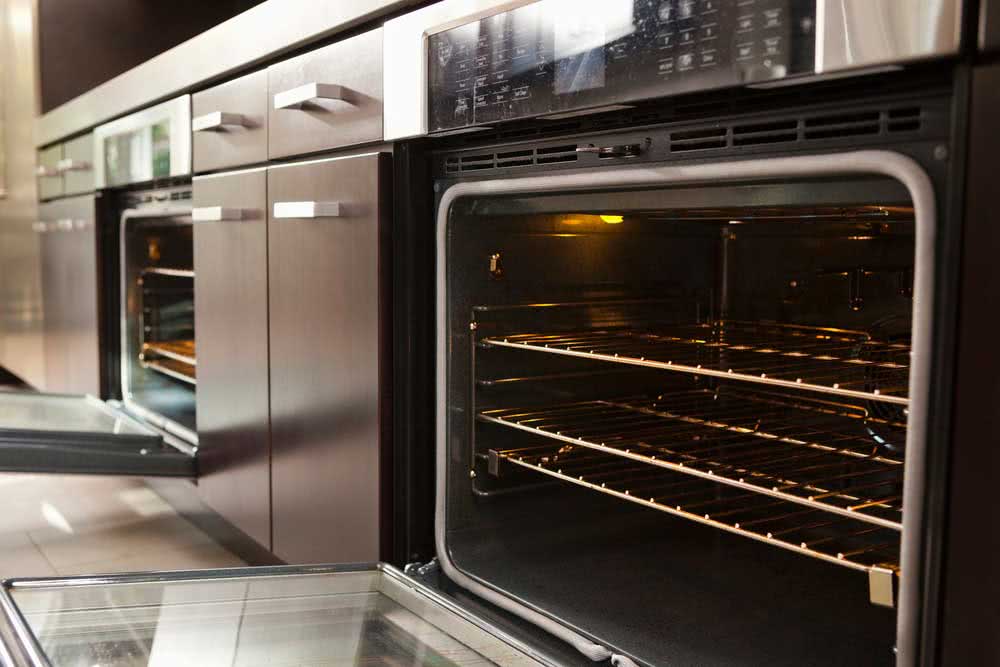Those glass jars that accompany olives, jellies, honey and other products sold in the supermarket can and should be reused for a multitude of things inside the home.
But before giving these packages a new purpose, it is essential to know how to sterilize glass correctly.
So we prepared this post to explain tim tim by tim tim everything you need to know about the subject.
Why is it important to sterilize the glass?
It is important to sterilize glass jars to avoid contamination of food and other products that will be stored there.
This is because many germs and bacteria are resistant to washing with soap and water and are only eliminated by processes that involve high temperatures.
This way you guarantee clean and safe glasses to use as you wish.
How to sterilize glass: tips, techniques and care
Water and soap
The first step in sterilizing glass jars is to wash them thoroughly with soap and water.
Use the dishwasher sponge to facilitate the process. If the pot is narrow and you can’t pass your hand, use a brush to wash pots and bottles.
Be careful not to put too much pressure on the glass and end up breaking it.
One more tip: remove the excess residue accumulated inside the glass before starting the washing, especially in cases of pots that were used to store fatty products, such as butters, pastes and oils.
Remove the label
Cleaning the glass jar also includes removing the label. To do this, you must leave the glass submerged in hot soapy water for a few minutes so that the glue will come off the glass.
If that’s not enough, try removing the label with the help of a hairdryer. Just direct the jet of hot air over the paper and wait until it starts to come off at the ends.
Sterilize glass using boiling water

After cleaning the glass with soap and water and removing the label, it is time to perform the sterilization itself.
For this you have three options: boiling water, oven and microwave. They are all efficient.
Sterilization in boiling water is the simplest. For this method you will only need to put water to boil in a pan of sufficient size to receive the glass jar that will be sterilized.
Place the pot inside and then heat over medium heat. When the water starts boiling, count about 10 to 15 minutes and turn off.
Remove the pan from the stove and with the help of kitchen tongs remove the glasses from the water and place them on a plate lined with paper towels.
Be very careful when removing the glass jar from the water, besides it is hot you still risk burning yourself with the water. So always use a cooking glove or tongs.
Also be careful not to wet the jar with cold or icy water, because the thermal shock can cause the glass to break.
Sterilize glass in the oven

You can also choose to use the oven sterilization method. However, this technique requires a little more attention so as not to risk cracking or bursting the pot.
First wash the pot with soap and water, then dry it well. Place the pot on a baking sheet and bake for about 10 to 15 minutes at a maximum temperature of 120ºC.
Do not let the oven heat above this temperature, as there is a risk of the pot cracking and even bursting inside.
After that time, remove the pan with the glass and place it on a clean and dry surface. Again, be careful that the hot glass does not come in contact with cold water.
Sterilizing glass in the microwave

Finally, you can choose to sterilize the glass jar inside the microwave. The process is very simple, but it requires care not to burn yourself.
Start by placing about five tablespoons of water in the glass jar (a little more if the jar is large). Then place the pot in the microwave and turn on for two minutes on low power.
At the end, remove the pot from the appliance using a silicone glove. Be careful not to burn yourself.
Place the pot on a clean, dry surface and wait for natural drying.
Care when sterilizing the glass
- Never place glass jars with metal parts inside the microwave. This includes the covers. In this case, prefer sterilization in boiling water or in the oven.
- Glass jars that contain plastic parts should not be sterilized in the oven, including lids and other accessories. Use the microwave or boiling water, if the plastic is silicone, the other types of plastic should be sterilized only with water, soap and alcohol 70.
- Do not keep the glass jar still damp or wet, wait for it to dry completely.
- Always use gloves and tongs to handle hot glass to avoid burns.
- Use only clean cloths to dry the glasses, but if possible, prefer to let them dry naturally.
- When sterilizing the pots, always keep them uncapped.
Don’t forget the covers and other accessories
Valves, lids and droppers that come with glass jars must also be sterilized before being used again.
And it is precisely in these places that most of the product remains will stop. So it is very important to clean them well.
First, do this with soap and water. Then dry thoroughly and rub 70 alcohol on all accessories.
The metal lids can be sterilized together with the glass in the oven or in boiling water, as well as glass droppers. Do not use these techniques on plastic accessories.
Where and how to use glass jars

Glass jars after sterilization can be used for a multitude of things in your home routine.
In the kitchen, for example, these pots are great for storing grains, flour, spices, seeds and other dry foods.
Canned food, jams and jellies can also be stored inside glass jars.
But avoid using them to store food in the freezer, since not all pots are suitable for this use and can end up cracking inside the refrigerator.
In bedrooms and bathrooms, glass jars can be used to store cotton disks, cotton buds, shampoo, conditioner, beauty creams and massage oils.
These same little glass jars are a helping hand when organizing the closet. They can be used to store jewelry and small props you have in your closet.
Did you like the tips? Now just run to the pantry and reuse all the glass jars you have there.




